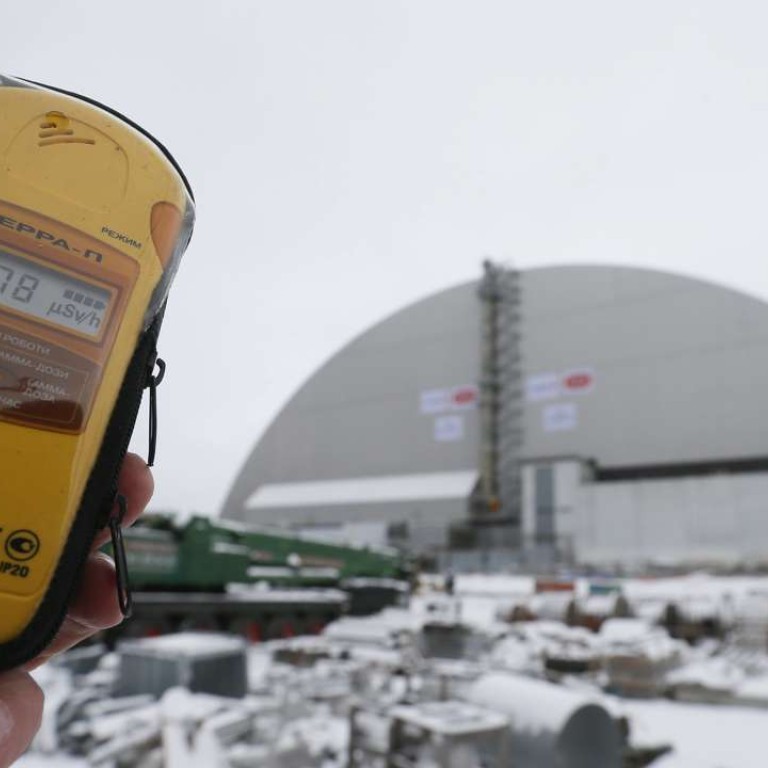
Hong Kong needs answers on Taishan nuclear plant risks, as painful legacy of Fukushima lingers
Frances Yeung says work on the power plant should be suspended, amid the need for greater clarity of the potential risks, in the interests of public safety
Over 15,000 people died, 2,000 plus still remain unaccounted for, and more than 146,000 people living in nearby towns were forced to evacuate.

Three Years On: Stories from Fukushima
But no matter how hard they try, the decontamination will not be able to reach the forests that cover about 75 per cent of Iitate’s area.
Radiation does not die – one simply needs to look at the effect of the Chernobyl disaster
Radiation does not die – one simply needs to look at the effect of the 1986 Chernobyl disaster as a clear example. Caesium-137, one of the radioactive materials released from the Fukushima nuclear disaster, takes 30 years to decay to half its original size. It has only been six years since Fukushima – the pollution is expected to last for a long, long time.
Yet the Japanese government thinks enough time has passed for Fukushima victims to return home. On March 31, the government plans to lift the evacuation order on Iitate village, allowing the 6,000-plus residents to go back home.
Dying robots and failing hope: Fukushima clean-up falters six years after tsunami
According to recommendations from the International Commission on Radiological Protection, the maximum dose of radiation that is safe for people to be exposed to in a year is one millisievert (1mSv/year).

Thirty children diagnosed with thyroid cancer in Fukushima nuclear crisis survey
The nuclear power industry frequently conceals the truth to safeguard its own vested interests – it claims nuclear power is safe, in complete disregard for people’s lives.
Here in Hong Kong, in addition to the Daya Bay nuclear power plant in Guangdong, we face threats from the Taishan nuclear power plant. China General Nuclear Power Group, the main investor in the Taishan plant, issued a notice a few weeks ago saying that, after an evaluation of the “subsequent engineering construction plan and relevant risks”, it would delay the commercial operation of Taishan Unit 1 by six months to the second half of this year. So what exactly did they find out about the plant’s safety risks?
Radiation fears in Hong Kong from China’s unproven and possibly faulty nuclear reactors nearby
French warning on nuclear reactors being built in China’s Guangdong
If the Taishan plant, which features the same faulty design as the one in France, is classified as risky, then how can they expect it to go into operation in the second half of the year?

Hong Kong-listed operator of Taishan nuclear plant urged to come clean over possible safety flaws
The Hong Kong government must ask the central authorities to temporarily halt the Taishan nuclear plant, make the project’s risk assessment public, protect the rights of all Hong Kong people to know, and keep us safe.
Frances Yeung is a senior campaigner for Greenpeace
